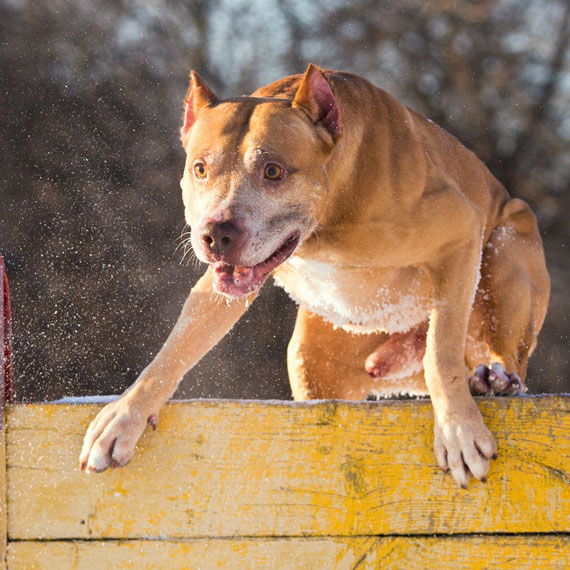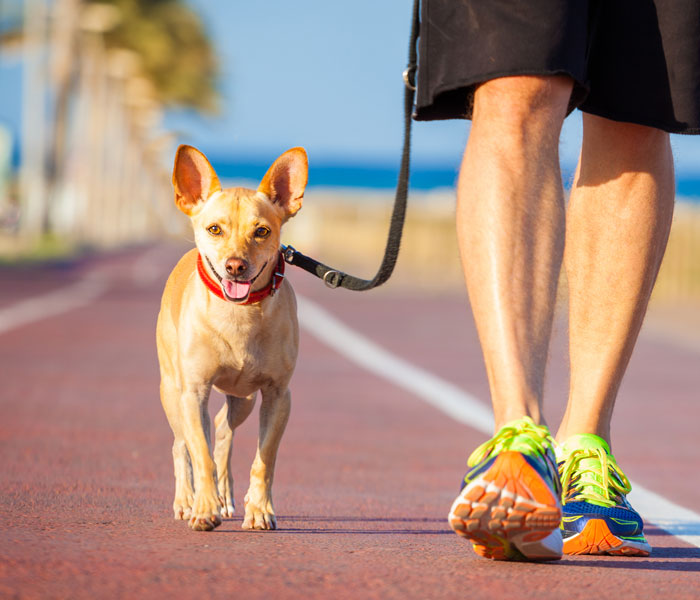
Professional canine escape artists. We know they exist. Dogs that will bolt, dig or chew to the ends of the earth in order to reach a seemingly sweet freedom, filled with open spaces and new smells, that awaits them outside of the confines of their home or yard.
Of course for us, their humans, this often means money spent fortifying our backyard fences, time filling holes in the yard, and a lack of trust in diverting our eyes for even a second. Unfortunately, in some cases, this also means long, stressful hours searching for our lost companions. In short, dealing with an escape artist can be costly and stressful.
Dogs that are chronic escape artists know we love them. Their need for freedom is not a reflection of how they feel about us. However, more often than not, it does mean they have bundled-up energy with no proper outlet. If you’re tired of your dog helping themselves to their solo adventures, our one step solution is simple: join them.
Just like we often feel restless when we’ve been in one place for too long, dogs, too, get that itch for a change of scenery. Depending on the breed, dogs should be getting anywhere between 30 minutes - 2 hours of exercise every day. That may seem like a lot, but considering how much time our pups lounge around the house or backyard in any given 24 hour period, 30 minutes of intentional exercise really is nothing.

Taking your dog on more walks is the simplest way to mentally stimulate their mind, expend some of that harnessed energy, satisfy a curious nose, and help prevent unwanted escapes. As general rule of thumb: a tired dog is a better-behaved dog. On top of that, the bond that will be created from spending time with your pup and doing the thing that makes them the happiest, will likely aid in overall cooperation and obedience.
If for some reason you are not able to walk your dog regularly, consider hiring a dog walker to help you out. At the very least, find alternate activities on days you can’t get out that will stimulate them physically and mentally.
Even a vigorous game of tug will help them blow off some steam. Some other ideas are wrapping treats inside a blanket, or snuffle mat, so they have to think and dig to get them out; playing fetch with a ball of favorite stuffy toy so they have to run around a little; or spending some time teaching them a new trick so they have to exercise their mental muscles. Treat dispensing tools from Furbo can help you keep an eye on your pup while also engaging their brains!
If you don’t participate in some kind of activity with them and you’re hoping they’ll just “get that energy out” by themselves, don’t be surprised when things go awry. No amount of wishful thinking is going to get your dog to create his/her own exercise regime, and eventually their boredom and pent-up energy will likely resort to unwanted barking, digging, chewing, running, and eventually escaping. Remember, healthy dogs are not meant to live sedentary lives, and a little extra energy output can truly make a difference in their overall behavior.



